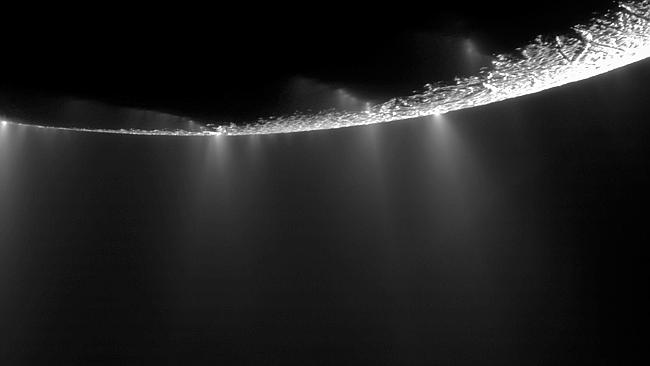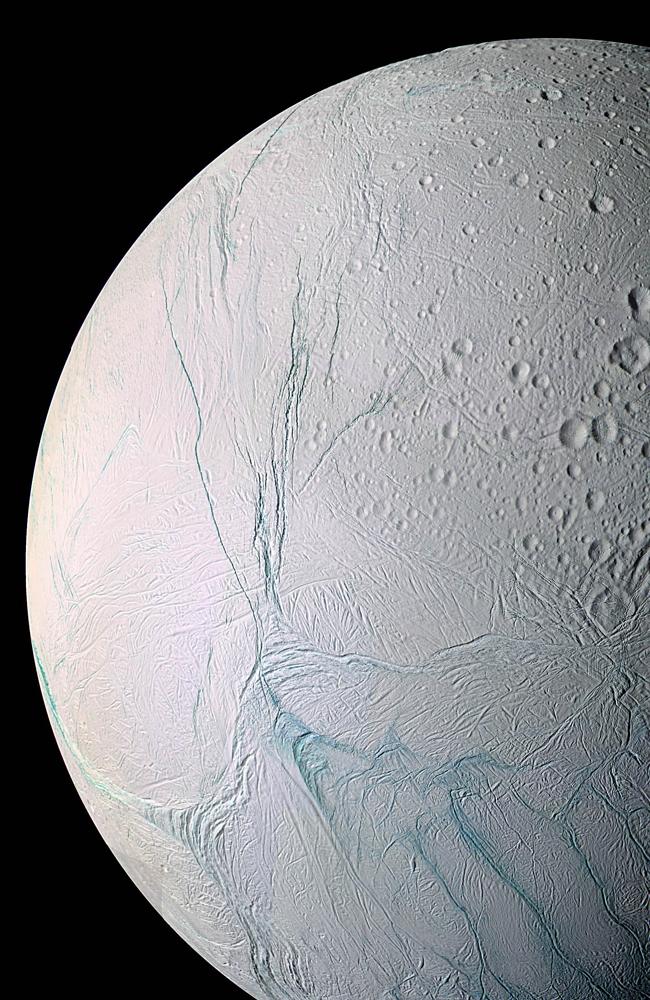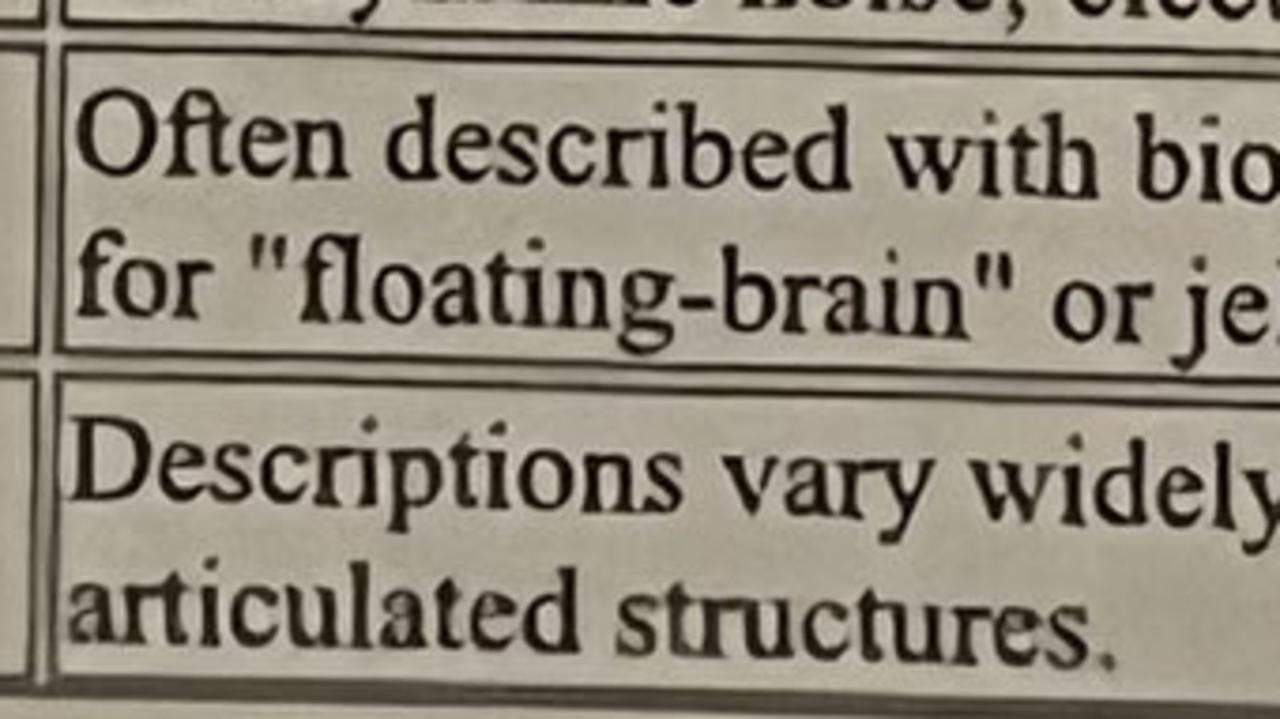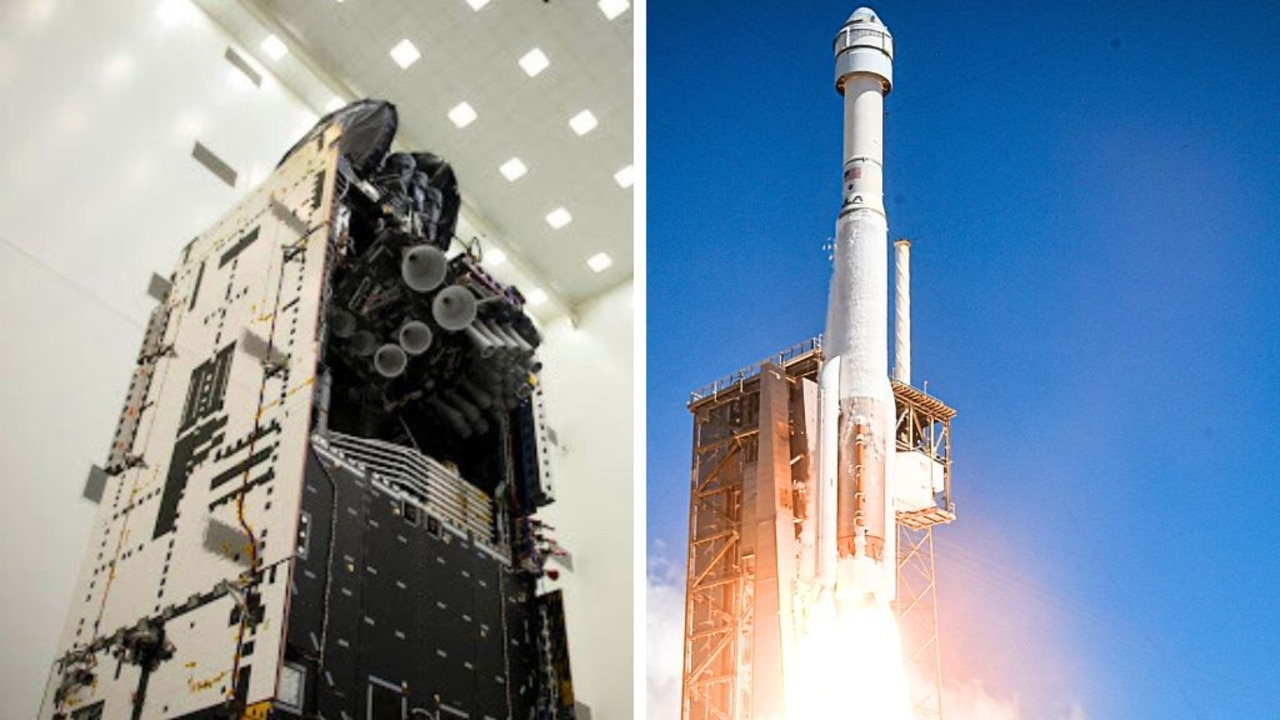Cassini satellite discovers evidence of ocean on Saturns moon Enceladus
SATURN confirms its status as the planet with everything — beauty, rings, and now a moon with a large underground ocean.

SCIENTISTS have uncovered a vast ocean beneath the icy surface of Saturn’s little moon Enceladus.
Italian and American researchers made the discovery using Cassini, a NASA-European spacecraft still exploring Saturn and its rings 17 years after its launch from Cape Canaveral.
This new ocean of liquid water — as big as or even bigger than North America’s Lake Superior — is centred at the south pole of Enceladus and could encompass much if not most of the moon. Enceladus is about 499 kilometres in diameter.
The data do not show if the ocean extends to the north pole, said the lead researcher, Luciano Iess of Sapienza University of Rome. At the very least, it’s a regional sea some 40 kilometres deep under miles-thick ice.
Cassini’s rudimentary instruments also cannot determine whether the moon’s ocean harbours any form of life. Another mission using more sophisticated instruments is needed to make that search.
This latest discovery makes the interior of Enceladus “a very attractive potential place to look for life,’’ said Cornell University planetary scientist Jonathan Lunine, who took part in the study.
Back in 2005, Cassini detected a plume streaming from cracks in the south polar region. Scientists suspected these jets of salty water vapour and ice — containing molecules like methane — might come from a subsurface ocean. On Thursday, they confirmed its presence. Their findings appear in the journal Science.

Cassini provided gravity measurements from three close fly-bys of Enceladus from 2010 to 2012. Data indicated a dense material beneath the surface of the south pole, most likely liquid water.
The ocean is believed to be sandwiched between miles of surface ice and a rocky core.
“It’s extraordinary what Cassini has been able to do for this small moon,’’ California Institute of Technology’s David Stevenson, part of the research team, told reporters this week.
But “this is not like mapping the surface of the Earth or mapping the surface of the moon, it’s nothing like that. It’s much cruder, and it’s amazing that we’ve been able to do as much as we can.’’
Enceladus is not the only moon in the solar system believed to have a subsurface sea.
Titan, the largest of Saturn’s dozens of moons, is believed to have a global ocean. Evidence points to oceans inside the giant Jupiter moons of Callisto and Ganymede. And Jupiter’s Europa also has a hidden reservoir similar to that of Enceladus, complete with plumes and a rocky bottom.

Cassini has flown near Enceladus 19 times. Three fly-bys, from 2010 to 2012, yielded precise trajectory measurements. The gravitational tug of a planetary body, such as Enceladus, alters a spacecraft’s flight path. Variations in the gravity field, such as those caused by mountains on the surface or differences in underground composition, can be detected as changes in the spacecraft’s velocity, measured from Earth.
The technique of analysing a radio signal between Cassini and the Deep Space Network can detect changes in velocity as small as less than one foot per hour (90 microns per second). With this precision, the fly-by data yielded evidence of a zone inside the southern end of the moon with higher density than other portions of the interior.
More Coverage
“The Cassini gravity measurements show a negative gravity anomaly at the south pole that however is not as large as expected from the deep depression detected by the on-board camera,” said the paper’s lead author, Luciano Iess.
“Hence the conclusion that there must be a denser material at depth that compensates the missing mass: very likely liquid water, which is seven per cent denser than ice. The magnitude of the anomaly gave us the size of the water reservoir.”
Cassini, already exceeding its life expectancy, is to make three more fly-bys of Enceladus before the mission ends in 2017.




